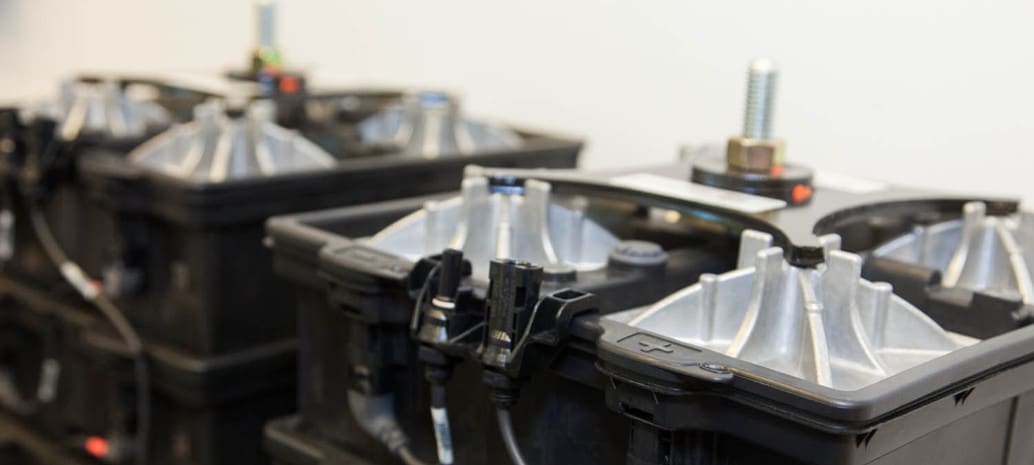Attempts by utilities across the United States to impose demand charges on residential customers has been a key battle for the solar industry, and one that utilities keep losing. These charges are based on peak usage and are imposed in addition to the volume of energy consumed, and as such are often damning for the economics of distributed PV. However, they are usually rejected because they are so hard for customers to understand and predict.
But these undesirable rate structures for solar are great for energy storage. And it turns out that they are widely available and often mandatory across the United States for commercial customers.
The U.S. Department of Energy’s National Renewable Energy Laboratories (NREL) has conducted what it describes as the first publicly available, comprehensive survey of demand charges across the United States. This study found that up to 5 million commercial customers across the nation are eligible for rates with demand charges above $15 per kilowatt-hour, a threshold set by GTM Research.
This represents more than 1/4 of the 18 million businesses in the United States. It is important to note here that under the model of public regulation, utilities are only allowed a certain profit. Therefore high demand charges mean that the utility must charge less elsewhere, including lower volumetric energy charges, which creates the economic case for choosing a rate with high demand charges.
NREL also found that many of the utilities which offer rates with high demand charges are located outside of California, which has been the leading behind-the-meter storage market, including in the Southwest, Northeast, Atlantic Coast and Midwest. However some degree of demand charge-based rate was available nearly everywhere.

“Nearly all medium and large commercial customers in every state have the option of subscribing to a tariff that includes a demand charge, yet few customers understand how these charges are structured or how thy impact electricity costs,” states the report.
 The highest demand charges at over $30 per kilowatt (kW) were found in California, New York City and Long Island, and a few other locations, but many other regions offer demand charges above $20/kW. The largest numbers of customers eligible for high demand charges outside of California were located in New York, Georgia, Colorado and Michigan.
The highest demand charges at over $30 per kilowatt (kW) were found in California, New York City and Long Island, and a few other locations, but many other regions offer demand charges above $20/kW. The largest numbers of customers eligible for high demand charges outside of California were located in New York, Georgia, Colorado and Michigan.
NREL notes that while the economics installing energy storage must be considered on a case-by-case basis, “high demand charges are often cited as a critical factor in battery project economics”. It is also important to consider that while the ability to lower demand charges is one of the main business models for behind-the-meter energy storage, it is far from the only service that energy storage provides, and many business cases for storage are based on the ability to “stack” multiple services.
This research was funded in part by the U.S. Department of Energy’s SunShot program.
This content is protected by copyright and may not be reused. If you want to cooperate with us and would like to reuse some of our content, please contact: editors@pv-magazine.com.









By submitting this form you agree to pv magazine using your data for the purposes of publishing your comment.
Your personal data will only be disclosed or otherwise transmitted to third parties for the purposes of spam filtering or if this is necessary for technical maintenance of the website. Any other transfer to third parties will not take place unless this is justified on the basis of applicable data protection regulations or if pv magazine is legally obliged to do so.
You may revoke this consent at any time with effect for the future, in which case your personal data will be deleted immediately. Otherwise, your data will be deleted if pv magazine has processed your request or the purpose of data storage is fulfilled.
Further information on data privacy can be found in our Data Protection Policy.